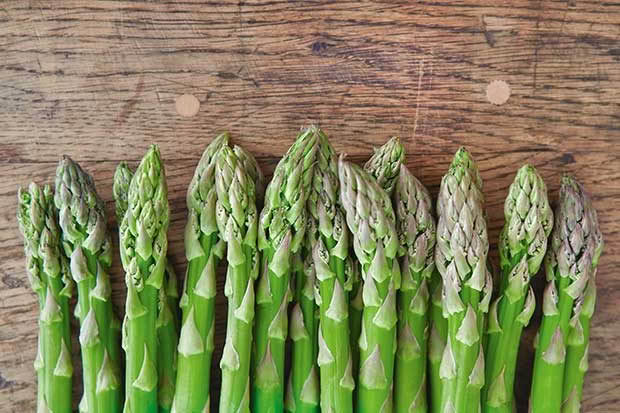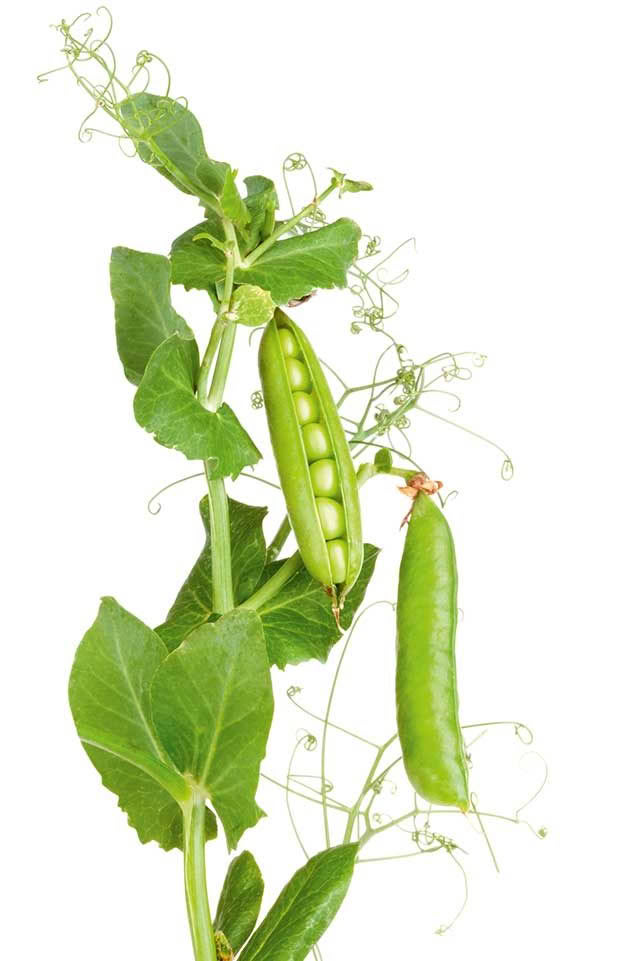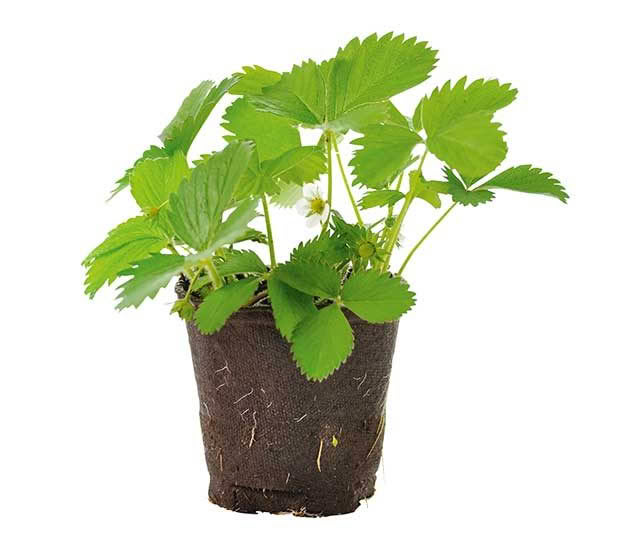September garden guide: plant asparagus crowns, sow parsnips in time for summer

September is time to plant early potatoes, sow parsnips and peas and your last chance to plant strawberries in time for Christmas.
Words: Jane Wrigglesworth
✿ Sow parsnips
Sow parsnips directly in the ground.
Parsnips take 5-6 months to attain a good size, so don’t delay
They like a sweet soil (soil that is not acidic) with an ideal pH of 6-6.5. You grow as for carrots, tilling the soil to a depth of 30cm and removing any stones to prevent forking.
Ideally, parsnips are best grown in soils that were fertilised for a previous crop, which, if you’re practising crop rotation would be leafy crops or legumes.
If that’s not the case, add a little compost and work it into the soil to make it loose for the root vegetables to easily grow in.
Avoid manures, which cause the root to fork. Sow seeds into furrows that are 2cm deep and 15cm apart. Cover with a light layer of soil and water seeds in well. When big enough, thin seedlings to 5cm apart.

✿ Plant asparagus crowns if you haven’t already.
✿ Well-sprouted early potatoes can be planted.
✿ Sow cabbage and celery in trays for planting out later. Plant seedlings of cauliflower, kohlrabi and leeks.
✿ Sow peas

Sow peas directly in the ground. Seeds will germinate in soil temperatures as low as 4°C, though a consistent temperature above 7°C is ideal.
If need be, use a tunnel house or cloche to get your peas off to a good start.
The soil does not need to be overly fertile, as legumes fix their own nitrogen in the soil but a handful of superphosphate will be beneficial. Mix it into the soil; young pea roots can be damaged by direct contact.
✿ Plant sprouted Jerusalem artichokes.
✿ Sow seeds of silverbeet, spring onions and lettuce at two or three weekly intervals for a successive supply.
✿ It’s your last chance to get strawberry plants in if you want them fruiting in time for Christmas.

Love this story? Subscribe now!
 This article first appeared in NZ Lifestyle Block Magazine.
This article first appeared in NZ Lifestyle Block Magazine.
